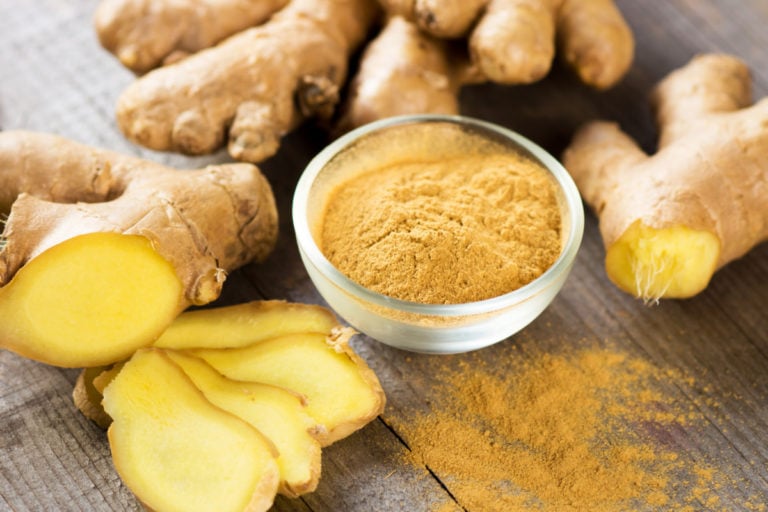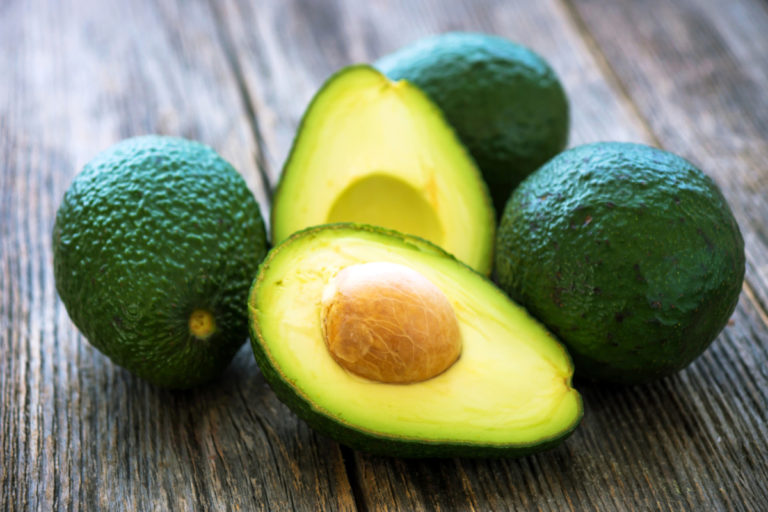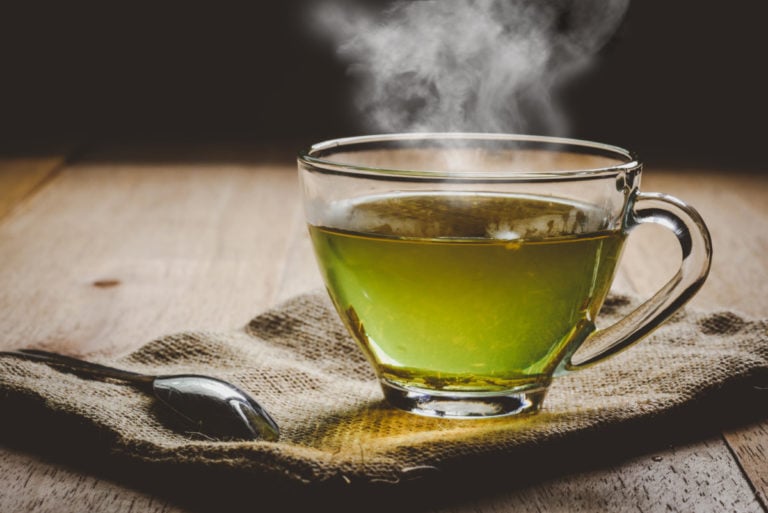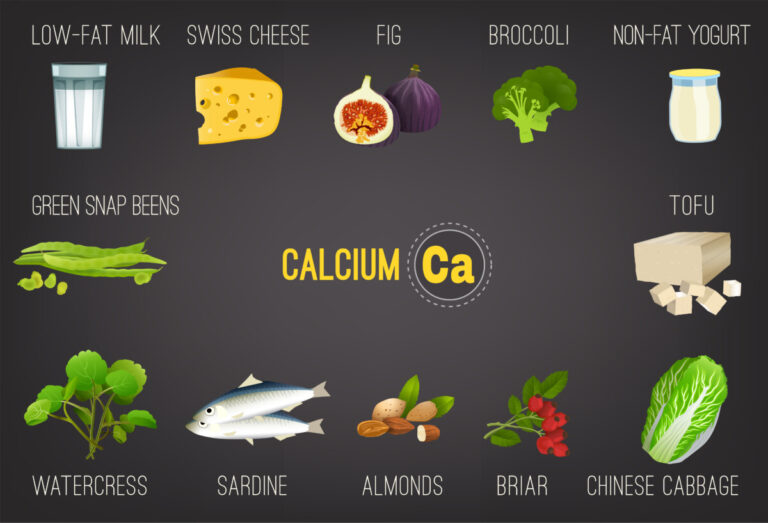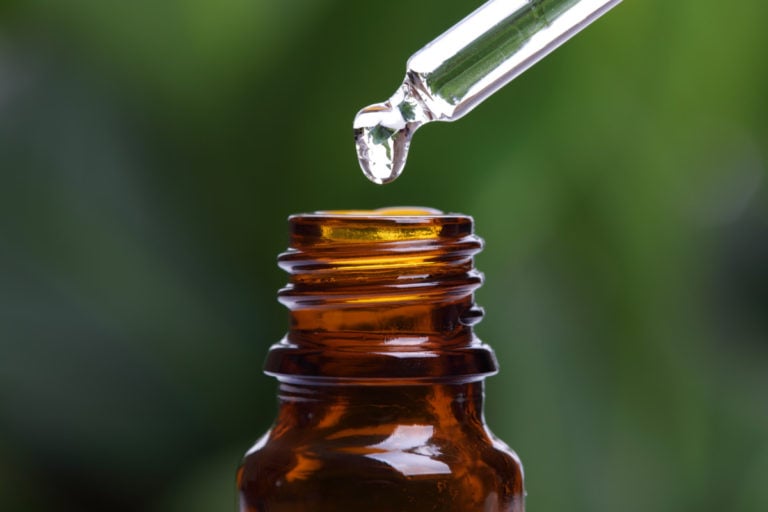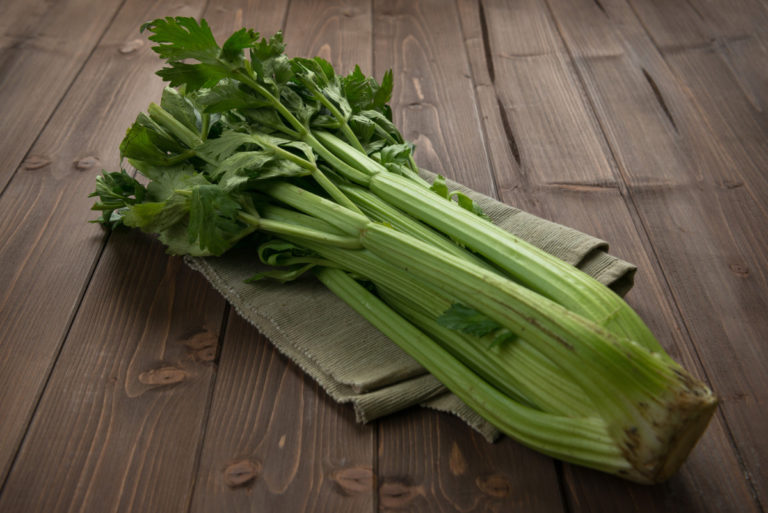Turmeric, also known as Indian saffron, is native to South Asia. India is currently its largest producer.
Turmeric has a specific spicy mustard taste and yellow-orange color, which gives it curcumin dye, which has medicinal properties.
Turmeric in Indian cuisine
After all, who doesn’t know that dried turmeric is an ingredient in the popular curry spice mix? When combined with the cayenne pepper contained in the mixture, the healing effect of curcumin is even greater, up to 2000%. Classic Indian Pepper Curry, unlike the usual store mix, is much healthier because it has so much more turmeric, ginger, and cayenne pepper.

You can make curry at home with ingredients purchased from a specialty Indian health food store: mix 1 tbsp turmeric, 1 tbsp ginger, 1 tbsp cayenne pepper with 1 tbsp consisting of coriander, dill, basil, chopped raspberries, garlic , add a pinch of dried celery and crushed mustard seeds and your curry is ready!
Feel free to use this pleasantly tangy concoction in cheese soups and sauces, meats, vegetables, legumes, rice, noodles, fish and seafood. It also goes well with sweet dishes in combination with cloves. In the classical food industry, curcumin represents the role of a common dye with the designation E100, but its significance is much greater.
Benefits of turmeric
Turmeric has been used in Indian folk medicine for over 4,000 years as it is part of traditional Ayurveda, the country’s holistic natural medicine. The healing effects of turmeric have been tested in thousands of scientific studies in modern times.
What conclusions did the scientists come to? Curcumin acts as a preventative against cancer, it can even directly kill cancer cells. It also fights inflammation and allergies.
It can be used to detoxify from heavy metals, protect against radiation damage, improve digestion, help with weight loss, diabetes, lower blood pressure and cholesterol levels. It has a beneficial effect on the liver, kidneys and menstrual cycle in women, alleviates the symptoms of Alzheimer’s disease.
Roman Pristansky, a nutritionist and nutritionist, commented on the benefits of turmeric:
Turmeric is a herbaceous plant native to India. The seasoning is obtained from the rhizome of the plant, which is dried into a useful powdered form. It contains some protein, vitamin C, vitamin B6, calcium, iron, dietary fiber, sodium, and about 29 calories in 1 tablespoon of turmeric powder.

It is also rich in potassium, magnesium and manganese and other useful and necessary components for the life of the body. The main health benefits of turmeric and curcumin include the following:
- Anti-inflammatory agent. Turmeric, due to the presence of curcumin, acts as a powerful anti-inflammatory that works by inhibiting several molecules that play a role in preventing tissue inflammation.
- Skin care. Alpha tocopherol in combination with biotin has a beneficial effect on the health of the epidermis. Vitamins A and D3 moisturize the skin and revitalize the hair structure, while calcium and zinc help cleanse the skin and strengthen nails. It is also an antioxidant that fights signs of aging such as wrinkles and pigmentation by scavenging dangerous free radicals.
- Improves brain function. Turmeric has often been used to boost cognition, focus, and memory retention. It stimulates the brain and protects neural pathways from long-term oxidative stress and plaque buildup.
- Improves heart health. Rich in curcumin and vitamin B6, turmeric promotes cardiovascular health. Vitamin B6 is a cofactor in the metabolism of homocysteine, which is a risk factor for coronary heart disease and stroke.
The amazing health benefits of turmeric and curcumin include the ability to reduce inflammation, heal wounds, improve skin health, protect cognition, and ease menstrual difficulties. Turmeric also helps prevent depression, relieve pain, slow down aging, protect the digestive tract, and prevent cancer.
Nutritional supplements and home pharmacy
The recommended daily dose of curcumin for an adult is about 500-1000 mg, which equates to about 4-6 teaspoons of turmeric per day. Beware of overdose! Curcumin supplements are not recommended for people who are taking anticoagulants, suffer from body acidity, jaundice, or gallstones. They should not be given to pregnant women or children 2 weeks before surgery.
Include in your first aid kit: turmeric paste with a healing effect on skin lesions, swelling, bruising. A solution of turmeric with water and salt for gargling also helps with sore throats. Regular rinsing with turmeric water can also prevent acne, freckles and other skin problems, curcumin reduces sebum production and revitalizes the skin. Also add turmeric to face masks based on oil or coconut milk.
How to grow turmeric?
Before the beginning of spring, it’s time to plant turmeric. Turmeric tubers can be harvested from specialist gardens, hobby markets, or online.

Prepare the flowerpot, the bottom part includes a drainage layer and the top part contains sandy soil in which you place the tuber. Put the flowerpot on the window so that the plant has as much light as possible. Once the temperature rises above 15°C, you can place it on your balcony or garden as close to the sun as possible.
Turmeric needs high humidity, so it grows regularly and is watered in large quantities. When the tubers grow, the plant blooms, and the stem retracts, turmeric can be harvested.
If you can’t grow turmeric, don’t despair. In any case, fresh turmeric can be used in salads and pickled vegetables, in which it will serve you not only as a delicious spice, but also as a preservative!

